Equipment
Why isn’t my child getting any better at golf?
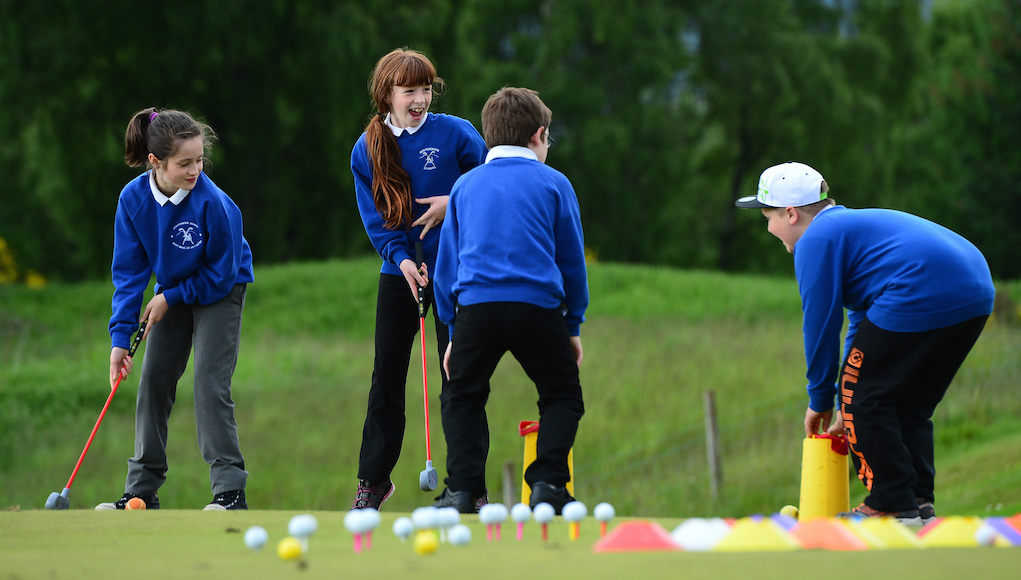
As a junior golf coach, I am regularly approached by parents who would like to discuss their child’s performance. They want to know why isn’t their child doing as well as they were in previous weeks or months, or why they haven’t advanced to the higher-skill group.
I always welcome these questions, because they give me an extra chance to educate parents on the goals of our junior golf development program. But unfortunately, some parents are not as understanding as they should be, or don’t have access to the right information. For that reason, unreasonable expectations are a big problem in junior golf.
I get it. As a parent, you want to see your child do as well and hit as many good shots as possible. It makes you proud, and that’s not a bad thing. It’s human nature that you want to see your child succeed. I wrote this article to help explain why your child can often struggle, and why long-term development supersedes instant success in junior golf.
Success does not follow a straight-line pattern
If you speak to any successful athlete, you will find that they likely experienced just as many lows in their career as highs. The important thing about their development, however, was that there was a general trend upward, despite the lows.
when I hear, “come on Johnny, you were doing better last week,” I cringe. if you want your child to drop out of golf, then carry on.
For both parents and children, it’s easy to become obsessed with instant success, instead of thinking about long-term development. I guarantee that every child will at some stage go through a period of difficulty with their golf, as the top pros do. To aid long-term development, do not demotivate your child by highlighting their struggles. Instead encourage the child to be resilient and problem solve through this period. These are traits that top athletes have, and encouraging these traits in young children will not only help their golf, but also their development as people.
Growth spurts
Growth spurts are unavoidable. All children go through them, and these changes in body proportions drastically affect the coordination abilities of a child.
- At age 2, a child’s legs make up 2/5 of their body. By age 7, their legs are now 1/2 of their body.
- At age 7, a child’s arms are 2.75/6 of their body, but by age 14 their arms are 3/7 of their body.
Imagine if I added 3 inches to your arms and asked you to swing a golf club. Your swing would be all over the place. Of course, a child’s arms do not lengthen 3 inches overnight, but the growth process affects coordination and movement skills. Furthermore, when bones grow quicker than muscles, subsequently stretching and stressing the tissue, a child’s abilities can also be affected.
Don’t make growth spurts harder on children than they already are by expecting them to maintain the same level of performance they had before their growth spurt. It won’t be long before your child is feeling confident in his or her body again.
Performance Plateaus
With anything in life, there becomes a time when performance plateaus and the journey to the next level may not be as quick as the previous journey. For example, reducing your handicap from 28 to 20 may have been reasonably easy, but the lower your handicap got the harder it was to reduce it, right? For a child, a common plateau occurs when they cannot hit the ball any farther. And in most cases, we need to wait for a child to get stronger before worrying about more distance.
Like periods of growth spurts, there will also be long periods of no growth, where a child’s strength may not increase for a period of months. So, if your child is struggling with gaining distance, do not get over concerned and let their bodies grow. To me, this is another great example of times when development supersedes instant success. While there may be no instant successes of hitting the ball farther, other valuable sport and life skills can be developed during this time, such as work ethic, team work, goal setting and important social skills, to name a few.
In our FUEL Junior Golf Programme, we are passionate about creating well rounded individuals who are physically active and love the game of golf, hence our motto #personathletegolfer.
Relative age affect
In short, relative age effect discusses the chronological age (how many years old the child is) and the biological age (actually how old/developed their body is).
Let’s say an 8-year-old named Billy and an 8-year-old named Johnny play against each other. Johnny might hit it 30 yards past Billy off the tee, but Billy’s relative age is only 6. Chances are, Billy won’t be 30 yards behind Johnny for long.
Cognitive development versus motor development
In layman’s terms, research has shown that a child’s movement skills are heavily related to their ability to process information. For that reason, it’s common that young children can sometimes not grasp new movements, despite all our efforts to help.
In this case, we have to allow time for a child’s mental abilities to improve before expecting any changes in movement. Moreover, a young child is often more interested in looking at the clouds than listening to your swing tips. So quit the advice and let them play, fail and learn.
When was the last time a top athlete thanked their parents for their coaching? That rarely happens, but they almost always thank their parents for their support.
Summary
As parents and coaches, we must understand that the development of a child is a highly diverse process and crucially, it is not always about golf. Sport is a great tool to help children develop in a variety of ways, and it is important not to judge them on only their sporting skill. So the next time you’re frustrated with the development of your junior golfer, remember all the reasons they could be struggling.
- Success does not follow a straight-line pattern.
- A child has no control over growth spurts, which can dramatically hinder their performance.
- Performance plateaus again cannot be avoided in some areas of the game. Remember, there’s isn’t one world-class athlete who hasn’t hit a performance plateau. What’s the worry?
- A 6-year-old can hardly add 12 and 15 together, so it makes sense that they won’t always understand the leg, knee and arm positions of the golf swing.
- Developing your child into a well-rounded, respectful and mannered individual is most important.
- Remember that as parents, you are there to support… not coach.
On a final note, if you want your child to become the best golfer in the world (and they better share that goal), understand that you have 20+ years to achieve it. Believe me, there is little value in being the best 10-year-old golfer in the world.
Equipment
BK’s Breakdowns: Cameron Young’s winning WITB, 2025 Wyndham Championship

Cameron Young’s WITB from his win at the 2025 Wyndham Championship. Cameron is a Titleist staff player but his bag is definitely filled with some unique clubs. Here are the clubs he used to secure his first PGA Tour win!
Driver: Titleist GT2 (9 degrees, A1 SureFit setting)
Shaft: Mitsubishi Tensei 1K Pro Orange 70 TX
3-wood: Titleist GT3 (15 degrees)
Shaft: Mitsubishi Tensei 1K White 80 TX
Hybrid: Titleist GT2 (21 degrees)
Shaft: Fujikura Ventus HB Black VeloCore+ 10 X
Irons: Titleist T200 (4), Titleist T100 (5), Titleist 631.CY Prototype (6-9)
Shafts: True Temper Dynamic Gold X7 (4-9)
Wedges: Titleist Vokey Design SM10 (48-10F, 52-12F, 56-14F @57), WedgeWorks (60-K* @62)
Shafts: True Temper Dynamic Gold X7
Putter: Scotty Cameron Phantom 9.5 Tour Prototype
Grips: Golf Pride Tour Velvet Cord
Ball: Titleist Pro V1x Prototype
Whats in the Bag
Peter Malnati WITB 2025 (August)
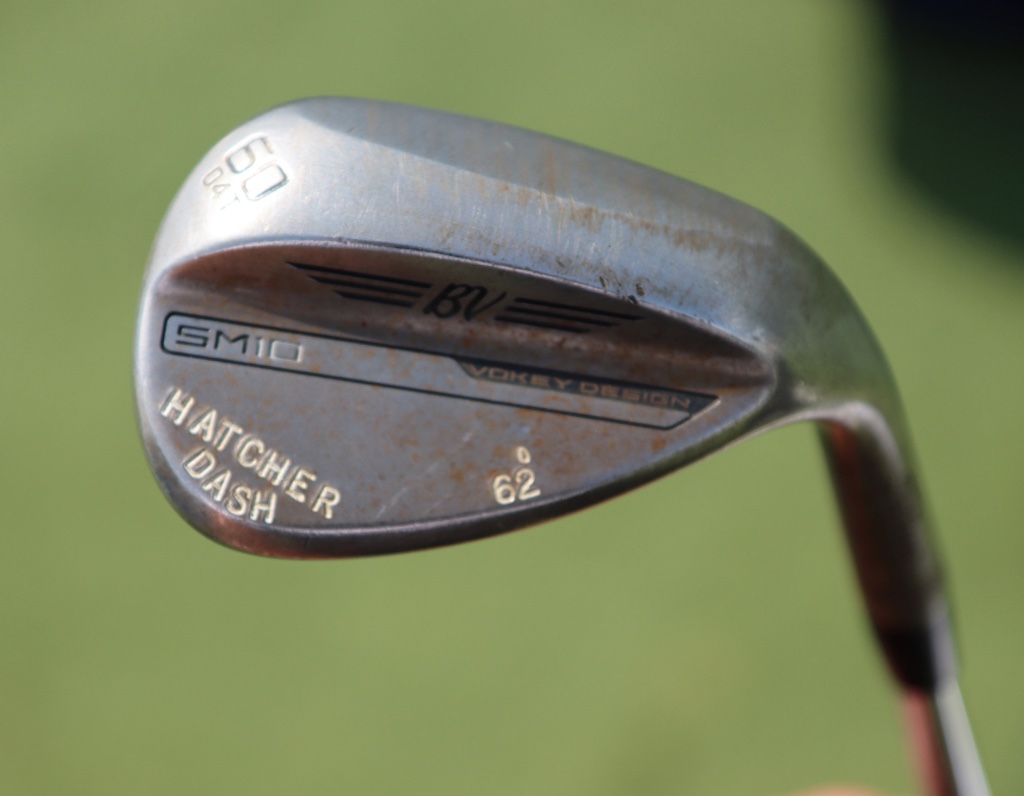
- Peter Malnati what’s in the bag accurate as of the Wyndham Championship. More photos from the event here.
Driver: Titleist GT3 (10 degrees, C2 SureFit setting)
Shaft: Project X Denali Blue 60 TX
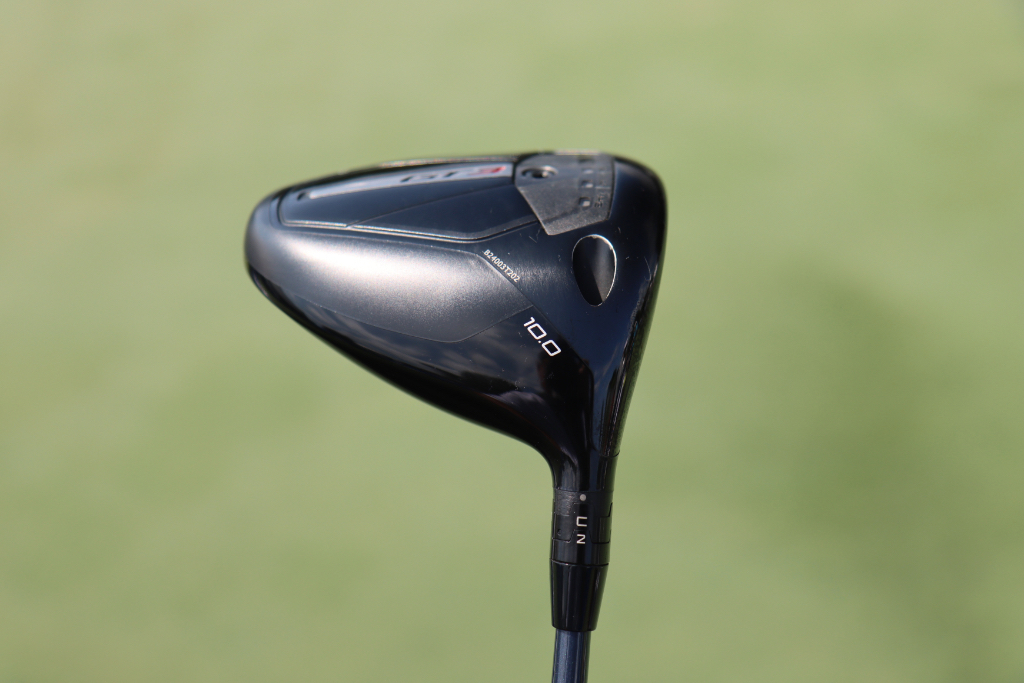

3-wood: Titleist GT3 (15 degrees, A1 SureFit setting)
Shaft: Fujikura Ventus TR Blue 7 X
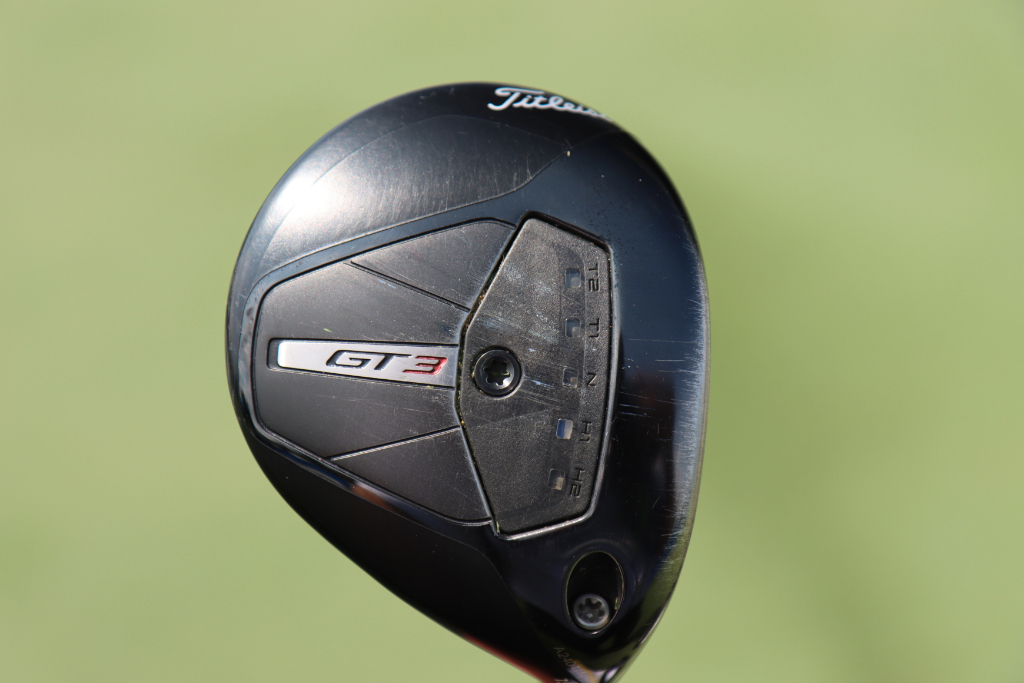
7-wood: Titleist GT2 (21 degrees, D1 SureFit setting)
Shaft: Fujikura Ventus TR Blue 8 X
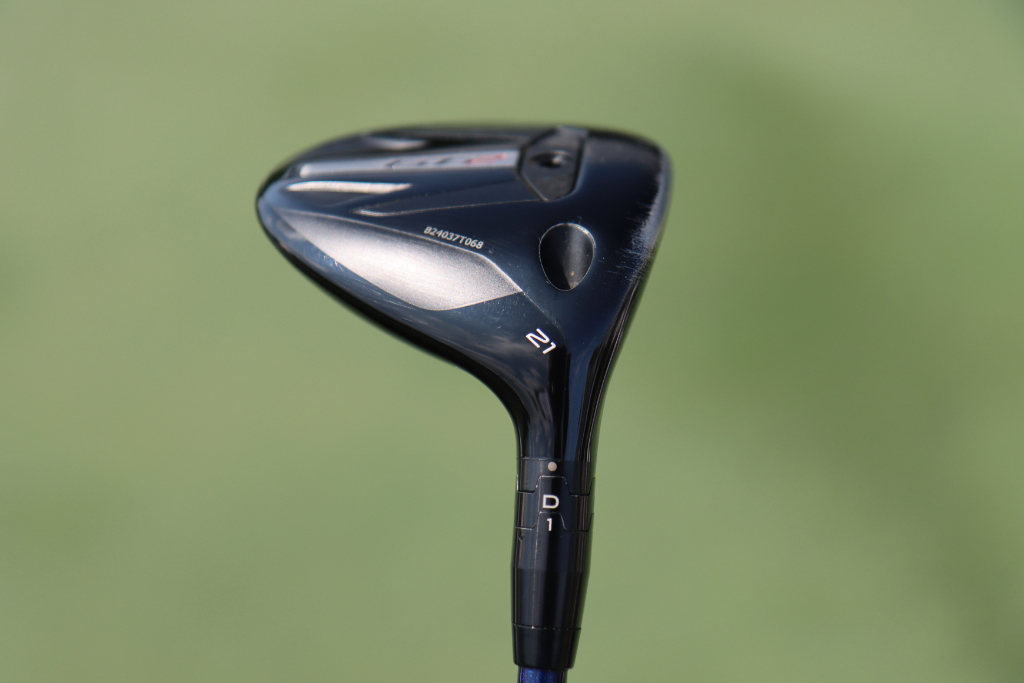
Irons: Titleist T150 (4, 5), Titleist T100 (6-9)
Shafts: True Temper AMT Tour White X100
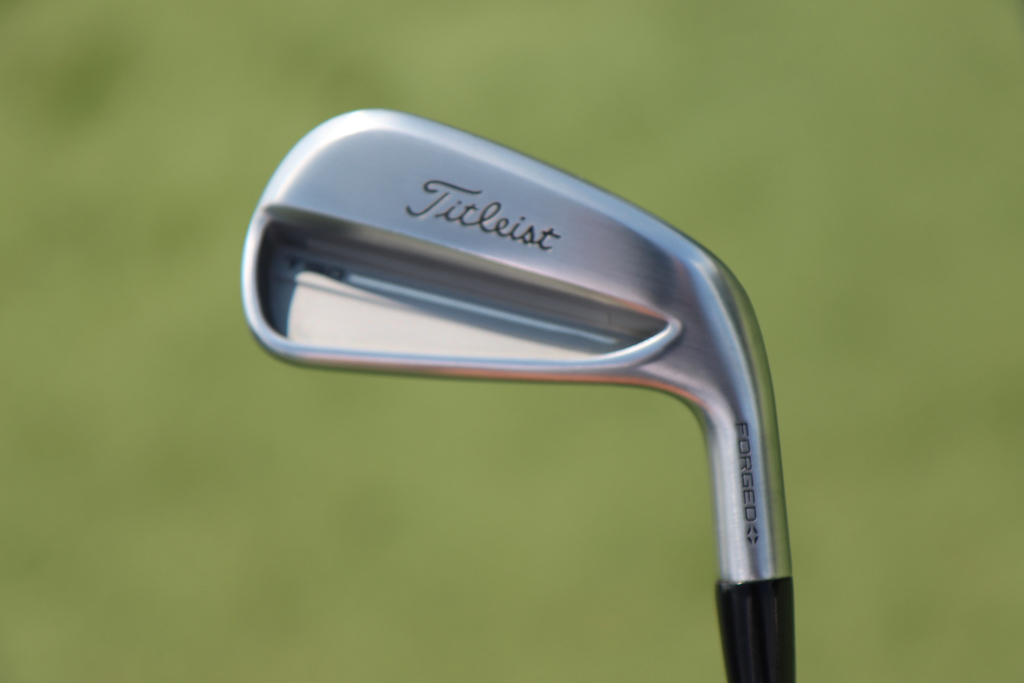
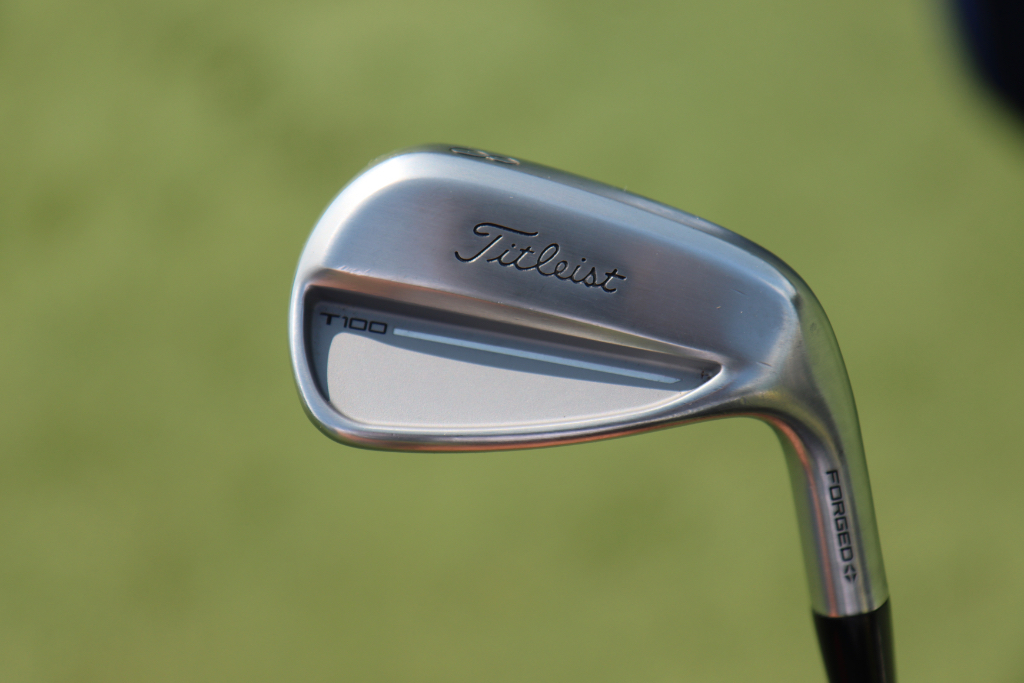
Wedges: Titleist Vokey Design SM10 (48-10F @47, 52-12F, 56-08M @57, 60-04T @62)
Shafts: True Temper Dynamic Gold Tour Issue S400
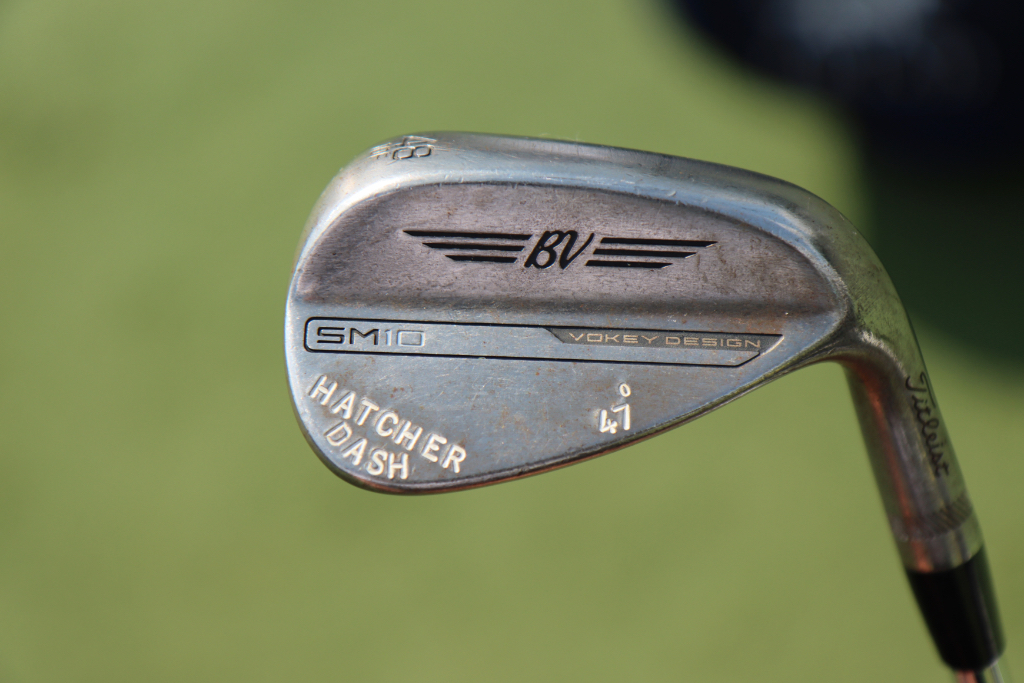
Putter: Scotty Cameron Studio Style Fastback 1.5 Tour Prototype
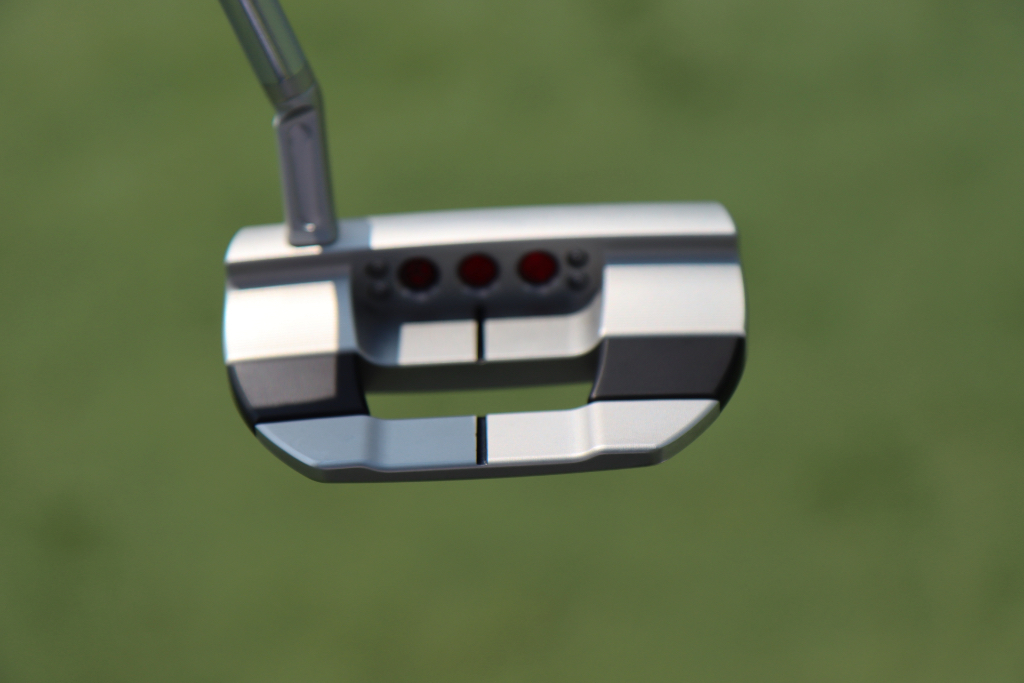
Grips: Golf Pride Tour Velvet
Ball: Titleist Pro V1x Yellow
Equipment
GolfWRX Members Choice presented by 2nd Swing: Best driver of 2025
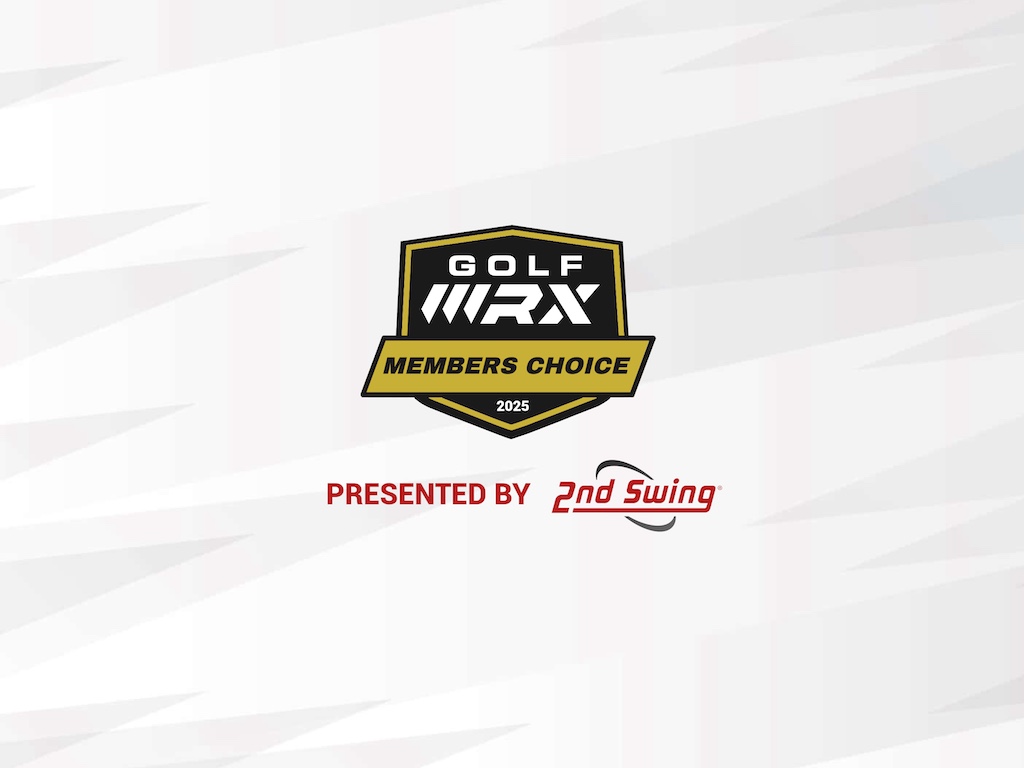
We’re proud to once again partner with 2nd Swing Golf to bring you GolfWRX Members Choice 2025! 2nd Swing has more than 150,000 new and pre-swung golf clubs available in six store locations and online. Check them out here.

What is the best driver in 2025? At GolfWRX, we take great pride in our online community and the cumulative knowledge and experience of our members. When it comes to the best driver of 2025, we want to know what our forum faithful think.
Since our founding in 2005, the bedrock of GolfWRX.com has been the community of passionate and knowledgeable golfers in our forums, and we put endless trust in the opinions of our GolfWRX members — the most knowledgeable community of golfers on the internet. No other group of golfers in the world tests golf clubs as frequently or as extensively, nor is armed with such in-depth information about the latest technology.
Below are the results of GolfWRX member voting for the 2025 best driver, along with the vote percentage for each club.
Best driver of 2025: The top 5
5. Callaway Elyte Triple Diamond: 6.02%

Callaway’s pitch: “For golfers looking for a fast, forgiving, yet workable driver, the Elyte Triple Diamond features a tour-inspired shape and is the preferred model by most Callaway tour players.”
You can read what other golfers are saying about the driver in the GolfWRX forums, and see our launch piece here. Shop the Callaway Elyte Triple Diamond here.
4. Ping G440 Max: 6.86%
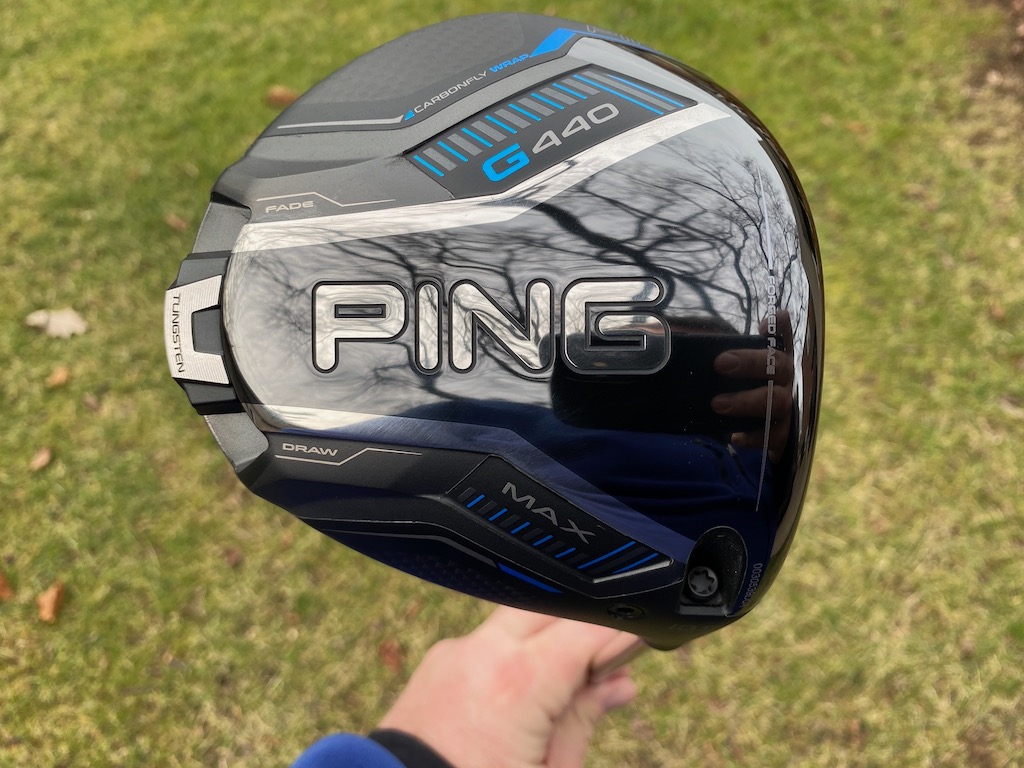
Ping’s pitch: “The most forgiving G440 model, MAX has a hotter face to generate speed and distance, and a lighter overall system weight with a longer shaft (46″) for faster clubhead speed, higher launch and longer carries. The Free Hosel and Carbonfly Wrap crown save weight to create our lowest CG ever and increase forgiveness while contributing to a more muted, pleasing sound.”
You can read what other golfers are saying about the driver in the GolfWRX forums, and see our launch piece here. Shop the Ping G440 Max here.
3. Ping G440 LST: 9.53%

Ping’s pitch: “LST is an especially good fit for faster swings, offering less spin and more control with a penetrating trajectory. A hotter face, lighter overall system weight and longer shaft (46″) deliver more speed and distance while maintaining tight dispersion.”
@phizzy30: “Not a fan of Ping drivers in general, but 440 LST takes the cake. It’s super forgiving across the face for a low spin head, looks and sounds good and the ability to make it play neutral or slightly fade biased through the hosel settings is very appealing.”
You can read what other golfers are saying about the driver in the GolfWRX forums, and see our launch piece here. Shop the Ping G440 LST here.
2. Titleist GT3: 16.55%
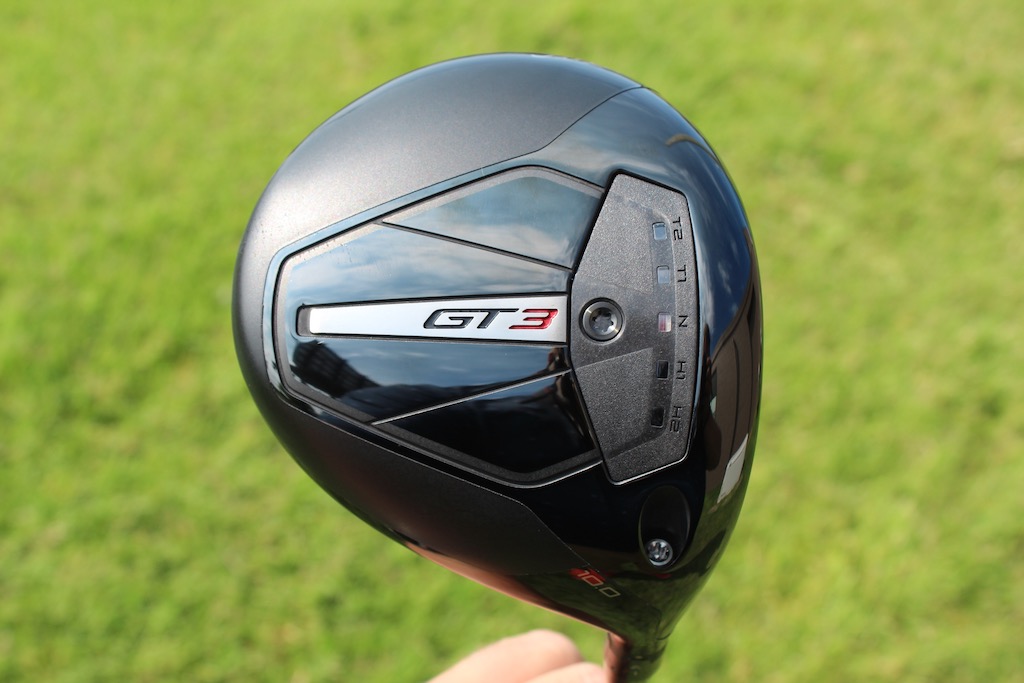
Titleist’s pitch: “The GT3 Driver offers Titleist’s boldest combination of power and personalization through adjustable performance. Dial in the CG Track to your frequent contact location to make your biggest drives even bigger while taking total control over flight and shaping.”
@mrmikeac: “I’ve been Anti-Titleist for years and years and years (outside of Vokey, of course). With that being said, HOLY BEGEEZUS the GT3 driver is an absolute NUCLEAR MONSTER! This thing blew my G430 10K Max out of the water in every single category. Forgiveness is the biggest thing that stands out of me, the 3 model has always been one of the less forgiving models in the past but this GT3 can take bad shot after bad shot and still end up in the fairway, I think a ton of that has to do with the adjustability, it’s actually effective. Feel and sound is perfect, that solid crack is so addicting to hear and when you hit it out the screws this thing can absolutely bomb it. Titleist, I’m sorry for doubting you. You have converted me.”
You can read what other golfers are saying about the driver in the GolfWRX forums, and see our launch piece here. Shop the Titleist GT3 here.
1. Titleist GT2: 22.91%
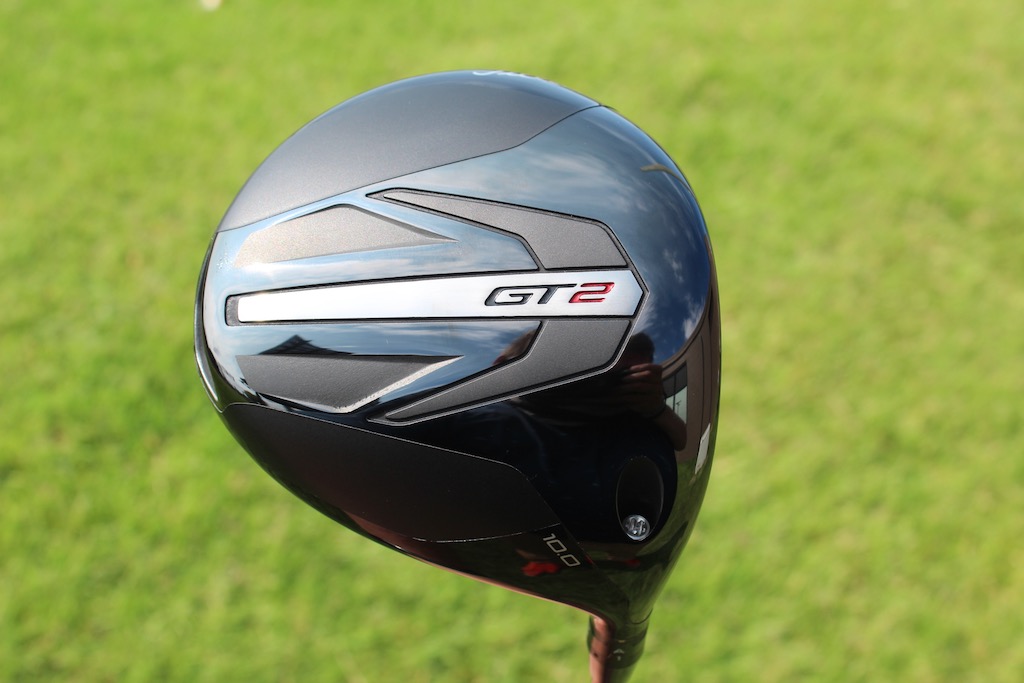
Titleist’s pitch: “Delivering impressive distance from any impact point, the Titleist GT2 Driver extracts maximum performance through a forgiving design. Get the stability and added confidence of a high-MOI driver without sacrificing speed.”
@DTorres: “The Titleist GT2 has proven to be the best driver of the year. Packaged in a classic profile, GT2 perfectly balances performance and forgiveness while consistently being a high performer across all categories.”
You can read what other golfers are saying about the driver in the GolfWRX forums, and see our launch piece here. Shop the Titleist GT2 here.
Other drivers receiving >2% of the vote
| Driver | Vote percentage (%) |
|---|---|
| Cobra DS Adapt Max K | 4.85% |
| Ping G430 Max 10K | 3.85% |
| Callaway Elyte Triple Diamond | 3.68% |
| TaylorMade Qi35 | 3.51% |
| Callaway Elyte | 3.18% |
| Cobra DS Adapt X | 2.34% |
| Cobra DS Adapt LS | 2.17% |
| TaylorMade Qi35 LS | 2.17% |
View this post on Instagram





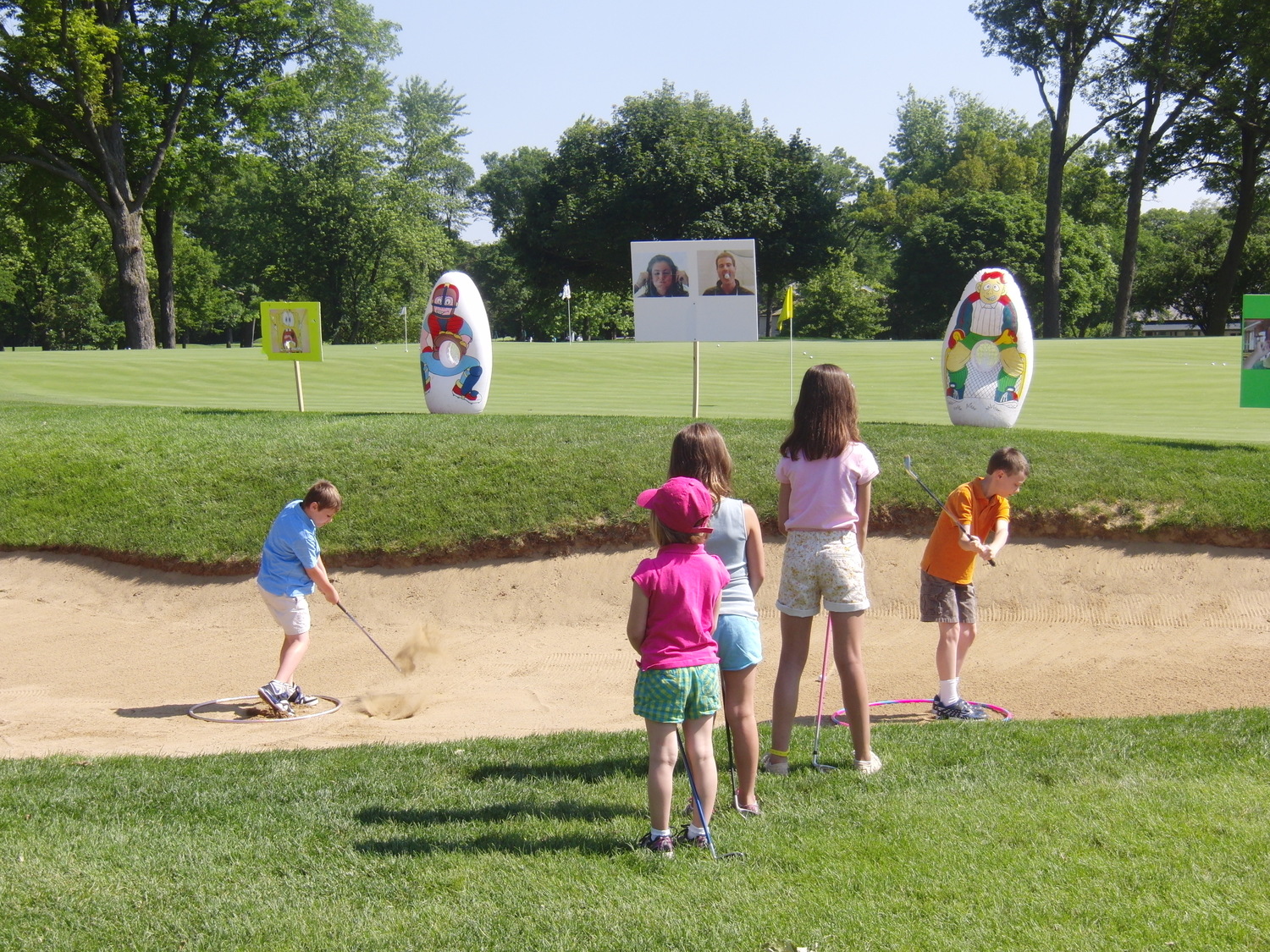








James G
Nov 14, 2016 at 10:46 am
Kids will improve at their own pace and interest level. Main thing is to make sure it is fun for them even if they are playing horribly. The little league overbearing parents we’ve all seen exist in golf too and it actually hurts a kid’s development. Finally, no matter how badly a parent may want their child to be good in a sport some kids just have little or no athletic ability and that’s ok. Some kids are musically talented and others aren’t as another example. Be encouraging, get good instruction and let them have fun. Make games out of it. Maybe bet the kid pizza against chores.
Harry White
Nov 12, 2016 at 1:57 am
Juniors or adults of any age can improve steadily with a totally different way of teaching. So called modern teaching methods guarantee an average score of just under 100 as evidenced over the past 100 years. Learning is an art and should be offered that way. Count Yogi Golf does just that.
Bob Jones
Nov 11, 2016 at 10:35 am
Maybe your child is just not into golf.
Grizz01
Nov 11, 2016 at 9:41 am
That is insulting to Offensive lineman. They are not just couch potatoes. If you want to play in a high level College. You need to bench 225 lbs. x20 and have incredible 10 yard burst and run a 40 in about 5.0-5.4. A height of no less than 6’3″ weighing in over 270lbs.
KoreanSlumLord
Nov 10, 2016 at 5:15 pm
Fact…you were born with golf talent. No one reading this website was born with the golf gene. You either are or are not a player.
Grizz01
Nov 11, 2016 at 9:37 am
I was thinking in the same lines. All the info shared is good, but it may just come down to being athletic enough to pull it off. Another item is desire, there are people out there (which the PGA and USGA doesn’t seem to understand) who just don’t care and will never care about the game.
golfbum
Nov 10, 2016 at 1:41 pm
Why? Well look at all the answers so far; they are all spot on. When I was a kid, at 6:00am is was “by mom, I am going to the golf course!…will be home for dinner!” Today, parents would never allow this to happen. They hover over the kids. Kids need to play golf with other kids, and develop their skills together.
You know, when things like this come up my first reaction is to blame the GOLF CHANNEL….you see all these shows that highlight junior golf at the highest levels..thus parents make the false assumptions that their child should be this or that good by 11 years old. It just doesnt work that way, mommy! Far too many kids I see being coached by their 12 handicap fathers, spend far too much time at the range instead of just playing and again, playing with their peers. The game is supposed to be fun, but forcing a child to practice or managing their process should not be part of the equation. Standing over them while they do so, is not going work out well for you, Dad! Because daddy may be a CEO of some 100 million dollar company, but you have no clue how to play golf! You may be able to manage subordinates, but you have no clue how to play golf!
Kids should play golf with kids! Play in tournaments and make friends. Lifelong friends!
Rors
Nov 10, 2016 at 12:00 am
Wow, isn’t that a fact… XBOX generation…
Pingback: Why isn’t my child getting any better at golf? – Swing Update
Eric
Nov 9, 2016 at 4:15 pm
Probably because you’re not yelling at the loud enough
Looper
Nov 10, 2016 at 12:01 am
Huh, I can’t hear you… Funny
Looper
Nov 9, 2016 at 2:56 pm
Some kids are just not going to make in some sports. Try’m all and see what sticks…
Butter
Nov 9, 2016 at 11:41 am
The Parents need to take a look at themselves and ask how they were at all kinds of hand-eye ball sports when they were growing up themselves.
And now kids have so many other things that they do, other sports and, video games etc. Are the kids willing to drop some of those other things to focus more on golf.